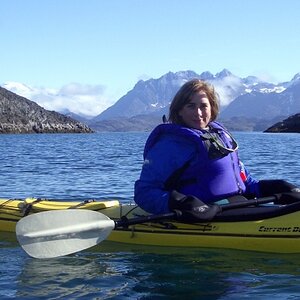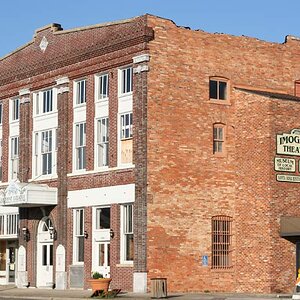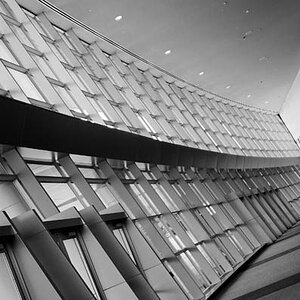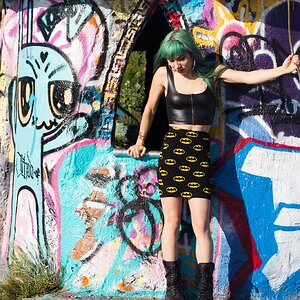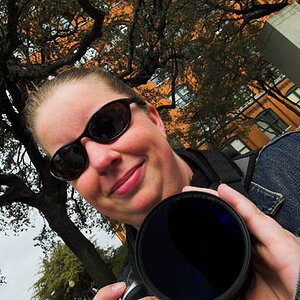Axel
TPF Noob!
I have seen that there are many different exposure meters out there.
I wonder what advantage they bring comparing to the meters that are built in at least most of the cameras.
And if there is a good reason to buy one, what should one look for when looking for one? Are there any special features that they ought to have and that makes the difference? There is a wide price range among them and I don't really knwo what the difference between one and another is.
Could anybody either explain or link to a site that explains it in a rahter easy-to-understand way?
Thanks
I wonder what advantage they bring comparing to the meters that are built in at least most of the cameras.
And if there is a good reason to buy one, what should one look for when looking for one? Are there any special features that they ought to have and that makes the difference? There is a wide price range among them and I don't really knwo what the difference between one and another is.
Could anybody either explain or link to a site that explains it in a rahter easy-to-understand way?
Thanks



